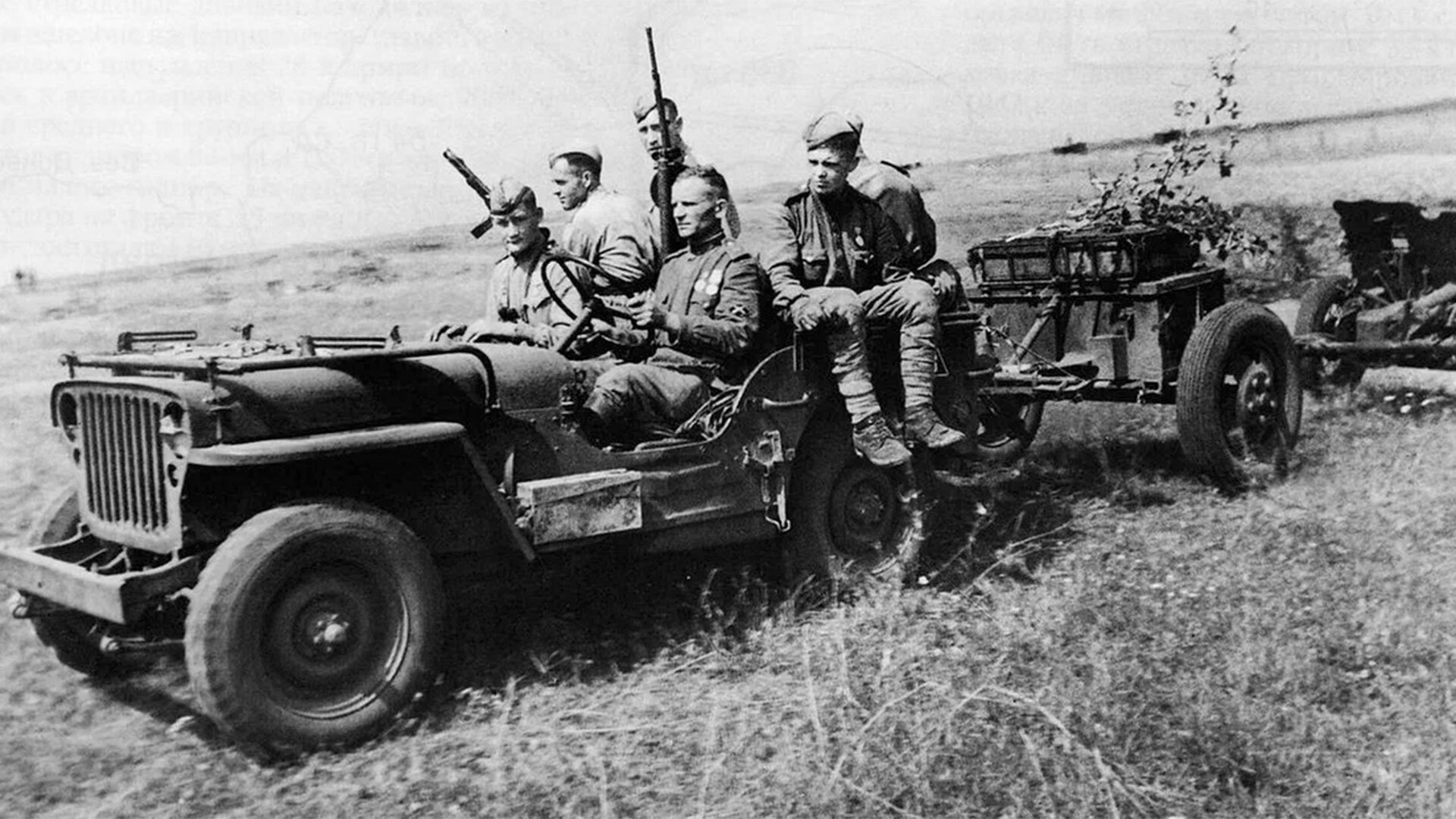
“The ‘Willys’ is a wonderful vehicle – mobile, powerful, low. It can be driven straight to the firing line,” said artillery captain Alexander Rogachev about the American army vehicle that the U.S. supplied to the USSR during World War II under the Lend-Lease program.
At the beginning of the war, the Red Army experienced acute problems with motor transport and the ‘Willys’ became a real lifesaver. The USSR received about 52,000 of them during the war.
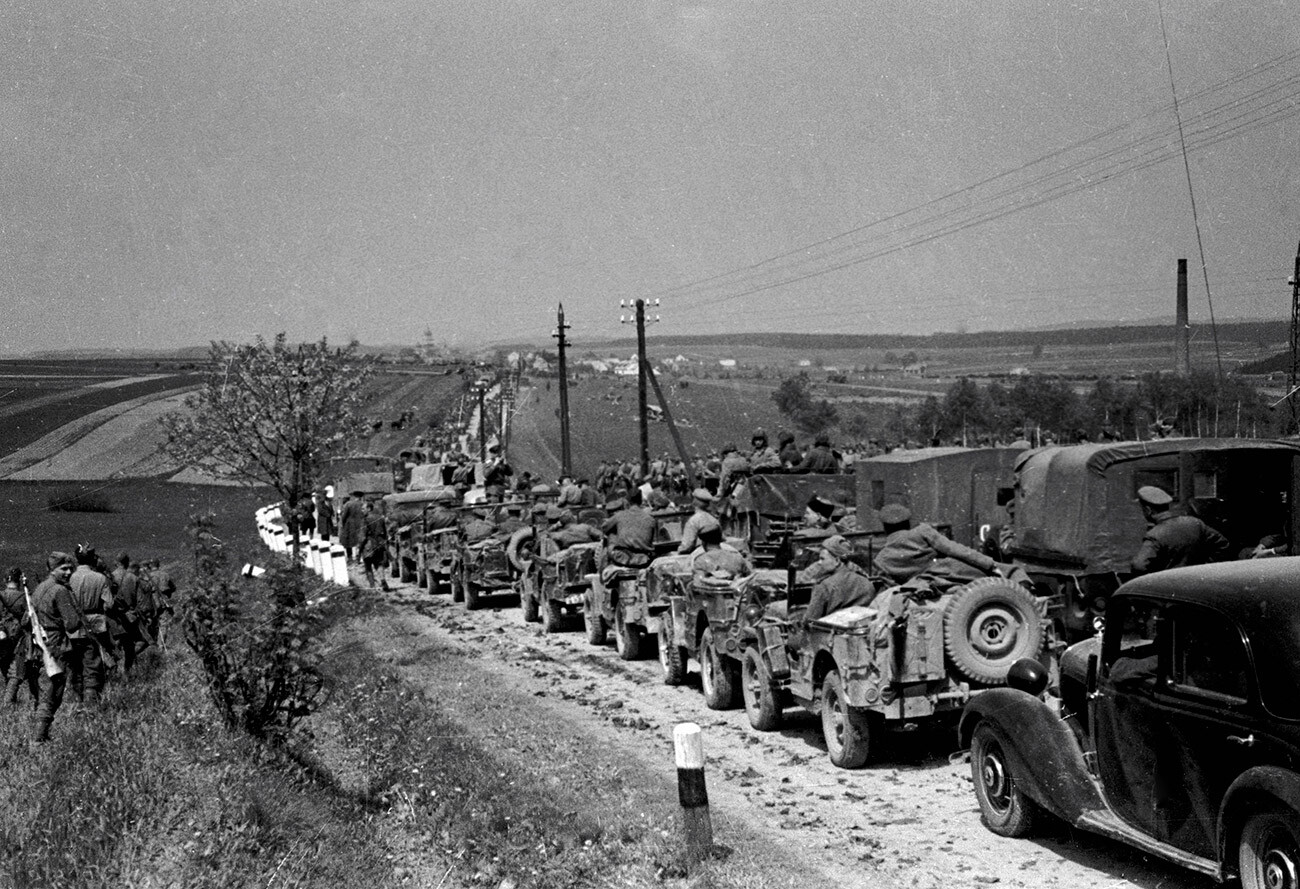
The jeep could accommodate four people and reached speeds of up to 105 km/h (65 mph) on a good road. It had no doors and, in extreme conditions, passengers could easily leave it. The deep seats, in turn, prevented them from falling out of the car while driving.
Both lieutenants and generals highly valued this light, compact, maneuverable and fast vehicle. In addition, Soviet troops initially often used it as a tractor for light artillery pieces.
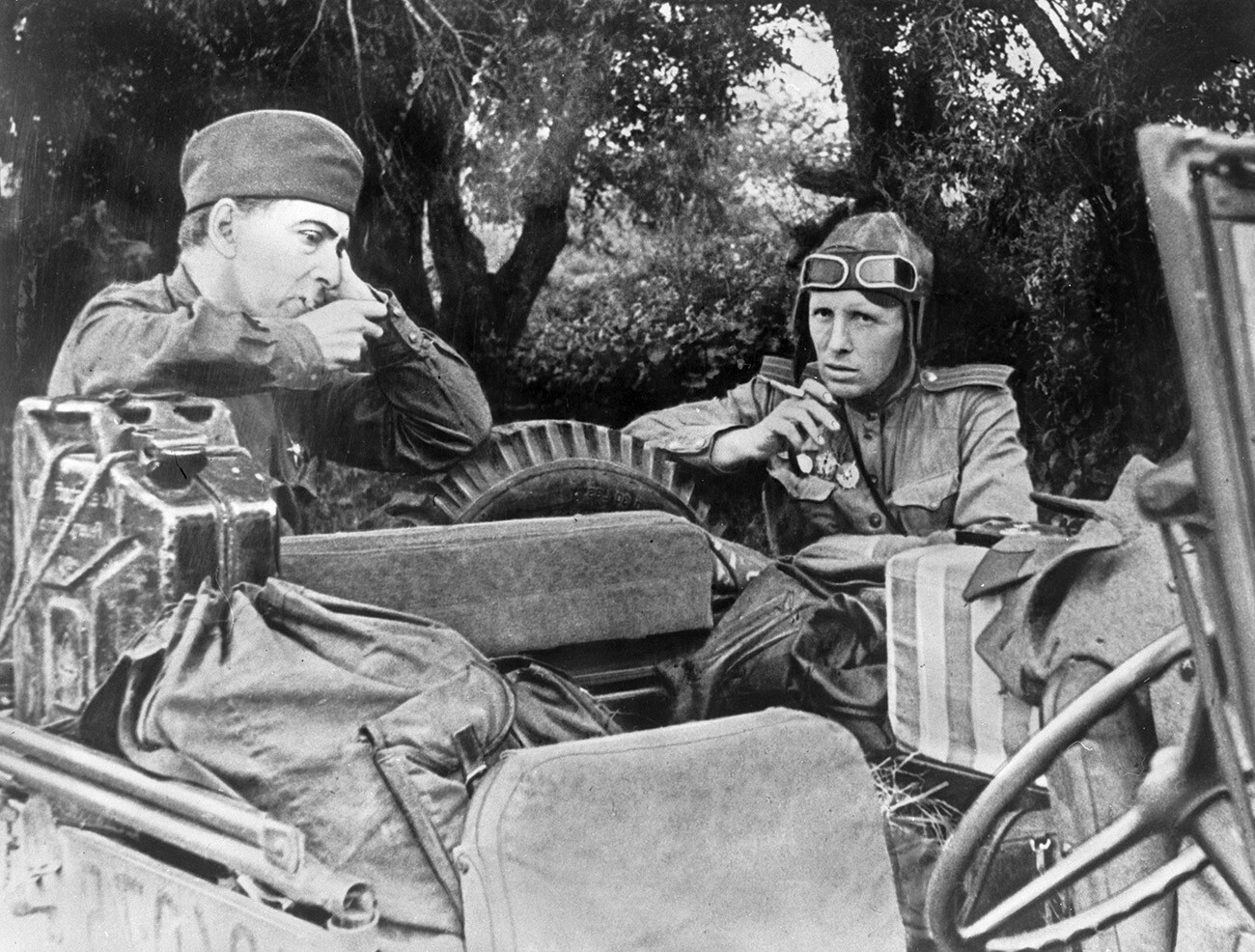
“Our guns were pulled by ‘Willys’, which were quite capable of handling the job on level ground,” recalled anti-aircraft gunner Gennady Shutz. “On slopes, however, the gun with its loaded shell boxes would try to push the vehicle off the road. It was only in 1944 that we got the Dodge ‘3/4' and then the two-axle Chevrolet and Studebaker, which were usually used to tow two guns. And, back then, only the ‘Willys’ were a lifesaver.”
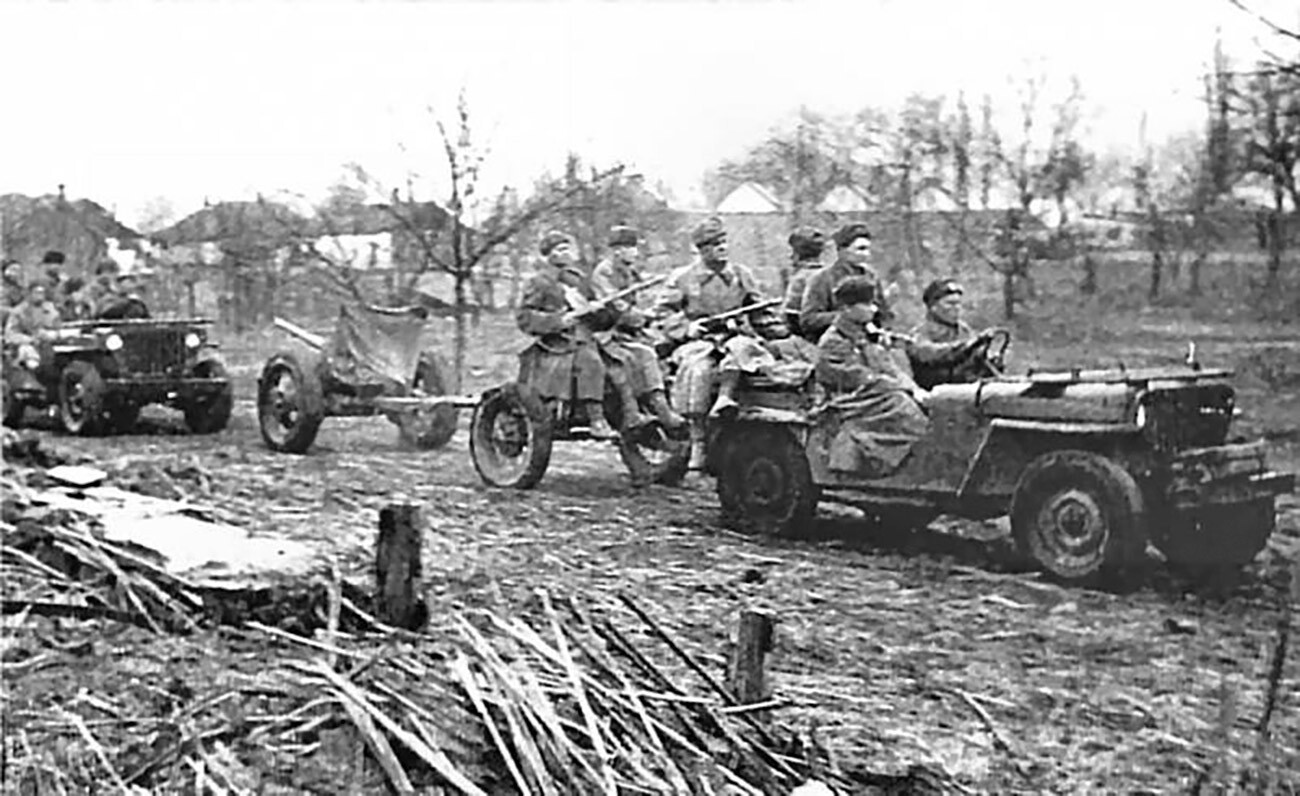
The windshield of the jeep could be freely lowered onto the hood, which made it easy to camouflage the car. Therefore, these squat SUVs were often used in reconnaissance raids.
In general, the ‘Willys’ proved to be a reliable vehicle in the Red Army. However, Soviet soldiers were often forced to fill them with low-quality gasoline, which significantly reduced the service life of these jeeps.
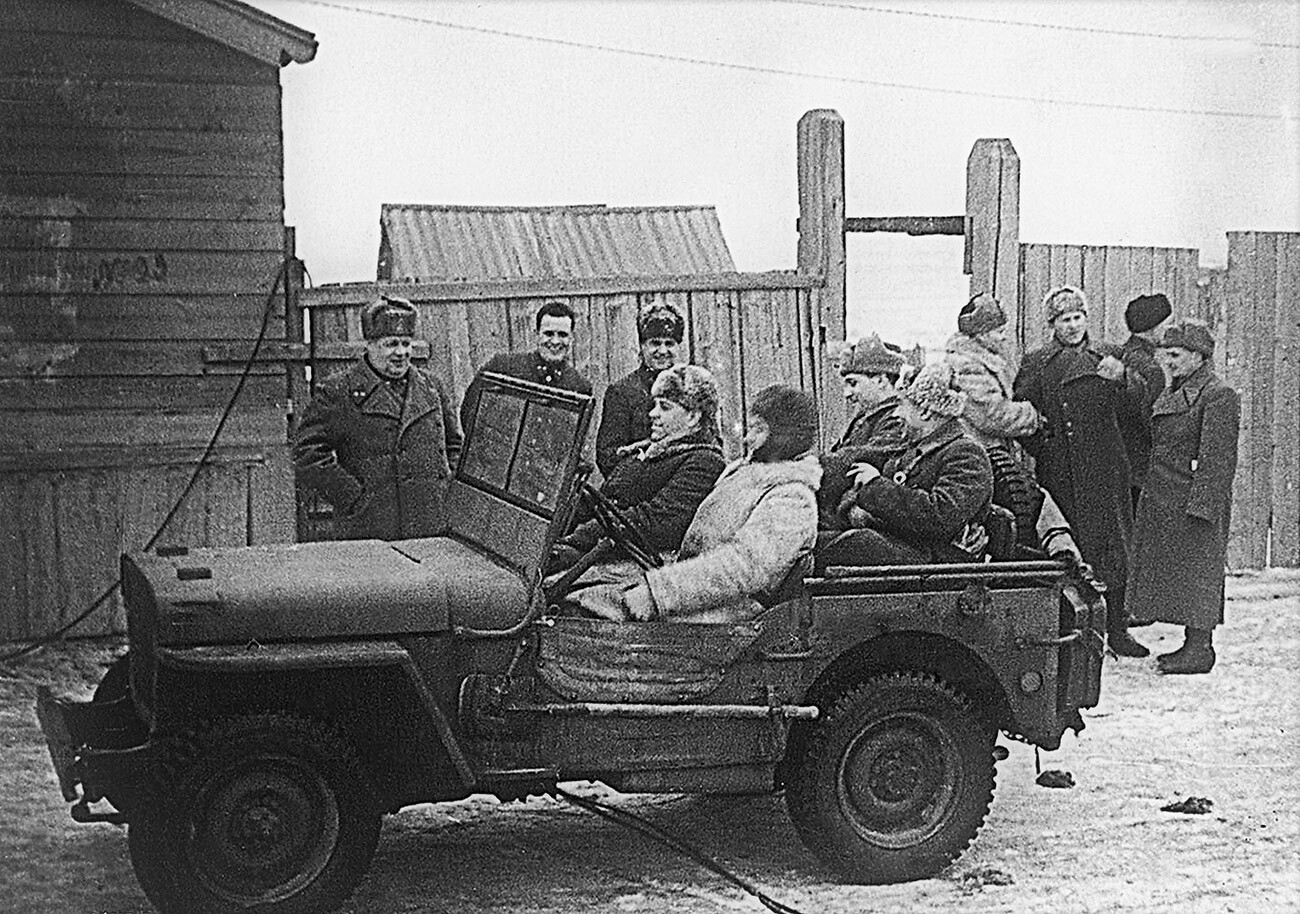
It was a ‘Willys’ that American General Omar Bradley presented to Marshal Ivan Konev during their meeting in Germany in May 1945. In return, the Soviet military leader presented him with his horse. “[He] followed me everywhere since the Summer of 1943, when I took command of the Steppe Front. He was a beautiful, well-trained Don stallion,” Konev recalled.
After the end of the war, most of the ‘Willys’ were returned to the U.S. and the remaining ones were actively used in the restoration of the national economy. They were mostly enjoyed by the various provincial officials.
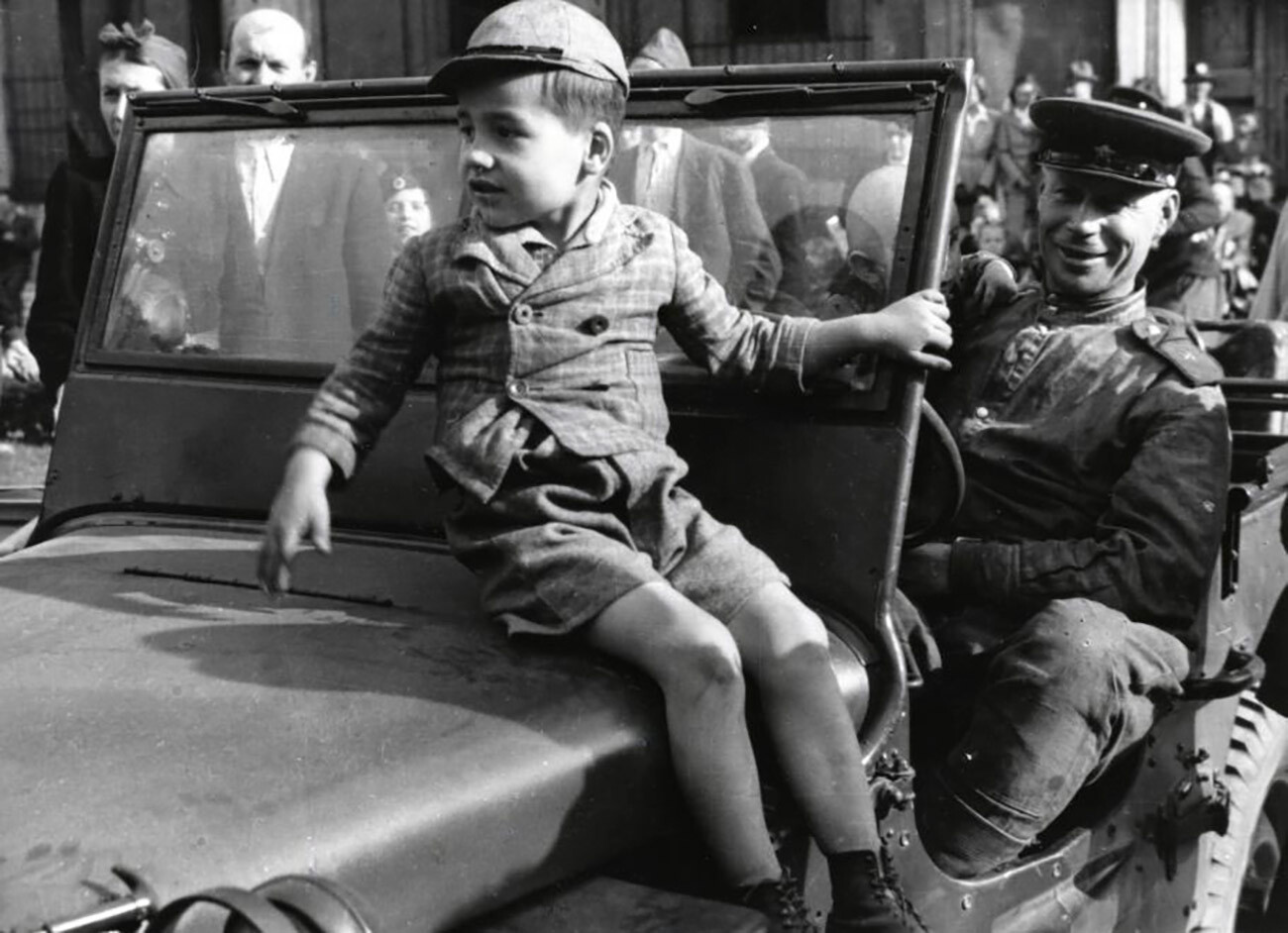
If using any of Russia Beyond's content, partly or in full, always provide an active hyperlink to the original material.
Subscribe
to our newsletter!
Get the week's best stories straight to your inbox